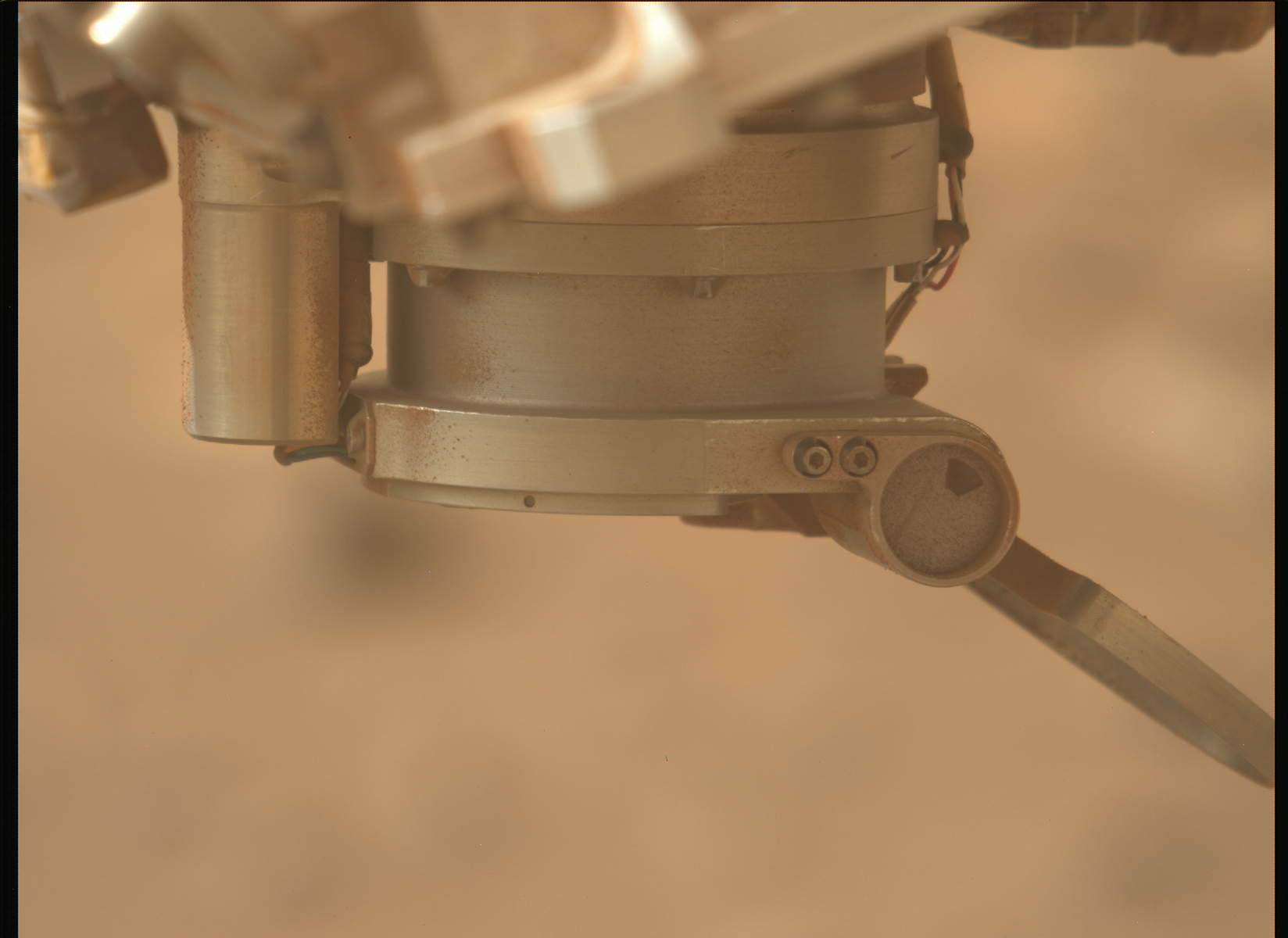How like you people to constantly reference your tired, dirty terrestrial examples, your lousy "Earth analogues". Anyone that's been paying attention knows that Martians craft things like the ultimate artisans they are, applying the most gentle and skillful touch, tentacles perfectly co-ordinated. Humans go on and on about the "Inca City" and the "Face on Mars", but Martians work every crevice of every worthy rock.
If Earth had a real space program, or just real science, you'd see them dancing on every dust mote, and you might even catch them making lewd gestures when Perseverance fries yet another rock to "analyze" it, but you're too intent on your carbonates and silicates and phosphates...
Nuclear-powered. Ridiculous.



I'm assuming this is one of the larger climbs/vertical displacements that Percy has managed in a single sol. This old crater rim is definitely the steepest terrain the rover has tackled, which might limit the rover's progress on driving days, but I wonder if the all bedrock we've encountered along the way is enticing the scientists enough to take it slower.